Zero distortion wide angle lens modeled on insect eyes
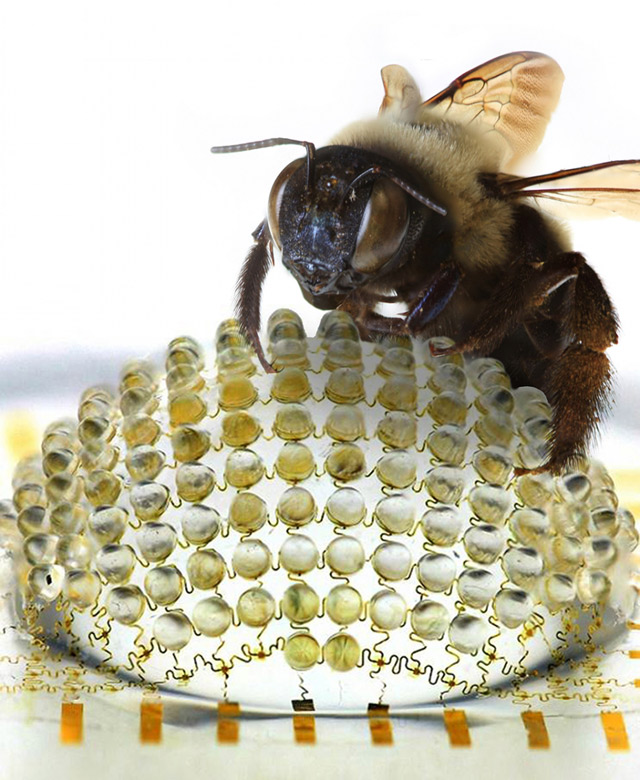
Scientists from the University of Illinois for the first time in the world have designed a chip for a digital camera , which provides a 180-degree view with a complete absence of optical distortion.
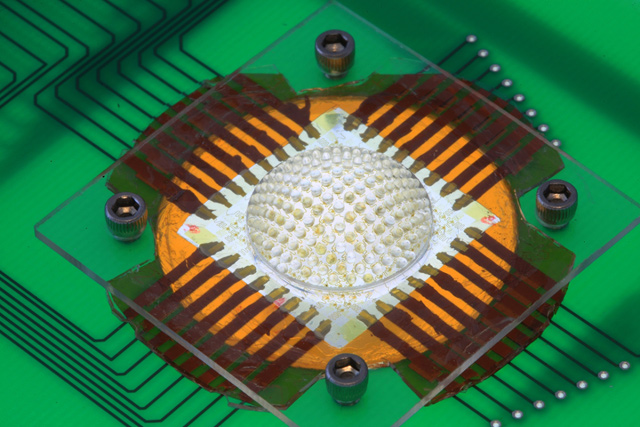
According to the laws of physics, wide-angle review without distortion is possible only in one case - if you use a hemispherical lens surface.
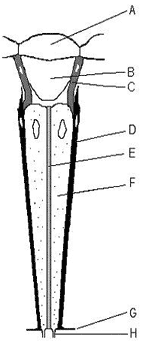
Similarly arranged facet eyes in insects. Hexagonal cells on hemispheres provide a wide-angle view without optical distortion. In a working ant, the number of facets usually does not exceed 100, while in a bee it is about 5,000, and in dragonflies it is up to 30,000. Each facet is part of a separate structural unit, ommatidia. It consists, in fact, of a facet at one end, a cone-shaped channel, and a photosensitive element at the other end (see figure to the right). As a result, the entire eye possesses unique optical characteristics, some of which have not yet been implemented in human-made optical-mechanical structures.
')
Scientists have arrived in strict accordance with the natural design. They placed a large microlens array on the hemisphere, each of which is connected to an individual photosensitive diode. This design is different from a conventional digital camera device.
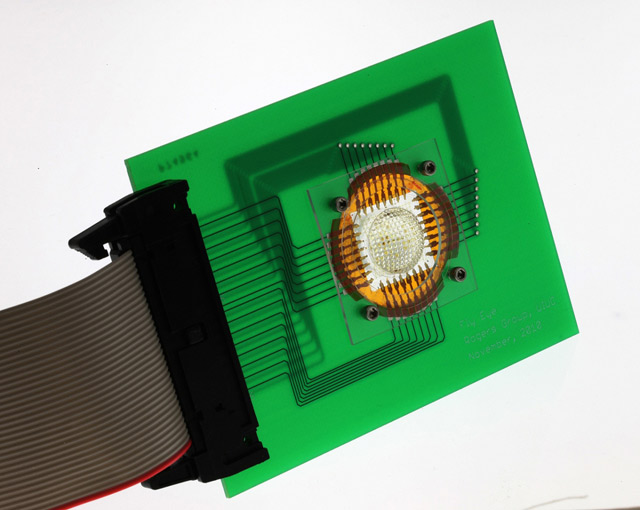
The lens itself in this design is made of a polymer similar to that used in the production of contact lenses.
The scientific article "Optical devices: a look at the world through the eyes of insects" was published on May 2 in the journal Nature .
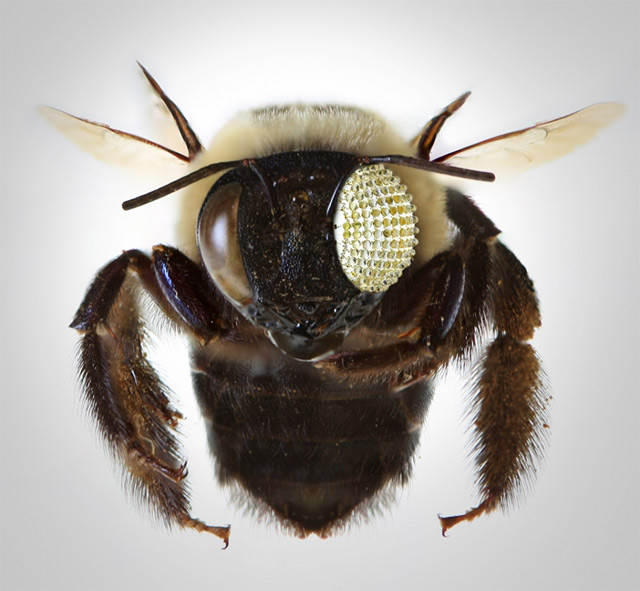
Collage from designers at the University of Illinois
Source: https://habr.com/ru/post/178657/
All Articles